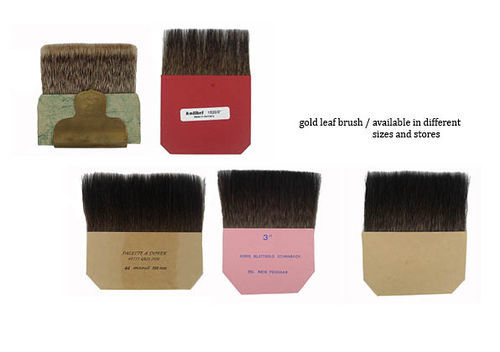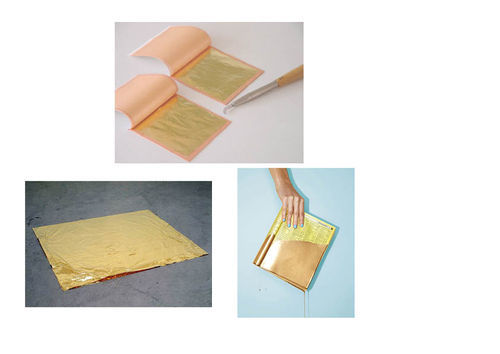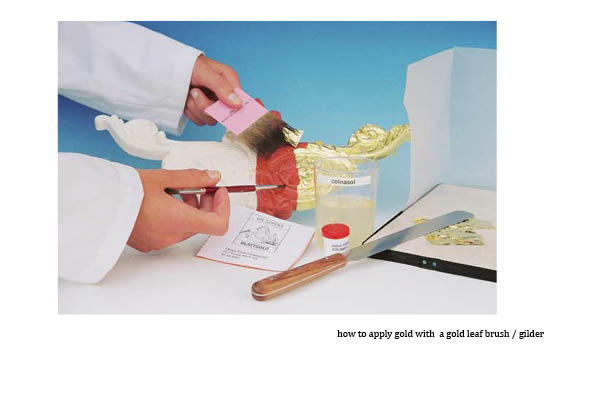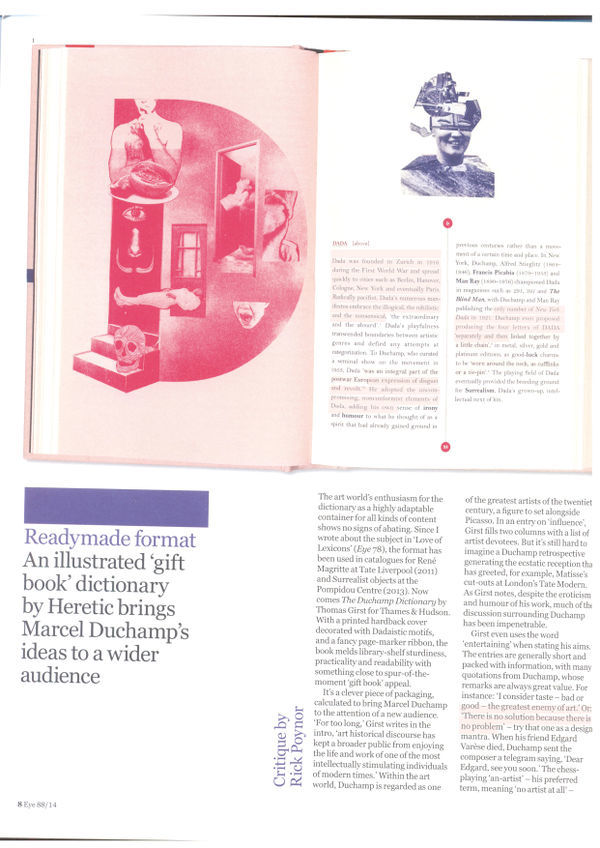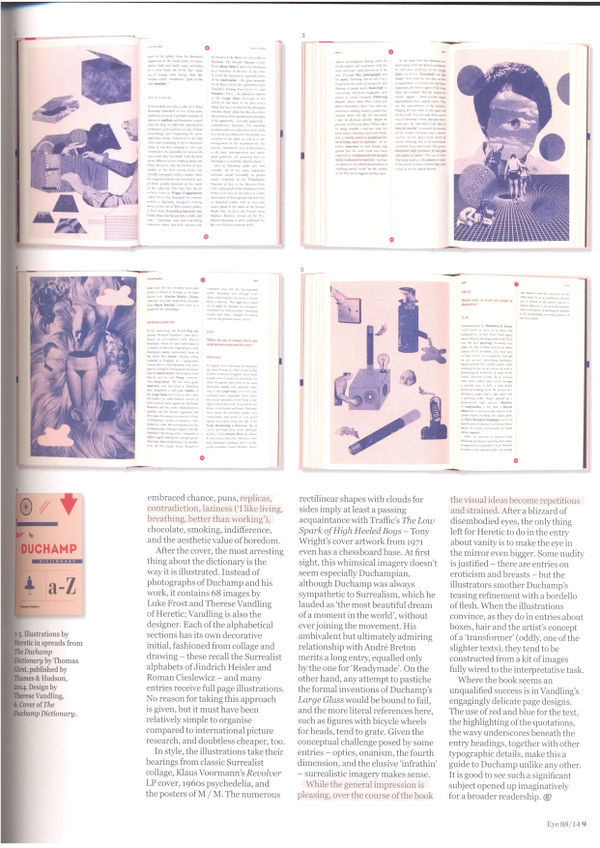Difference between revisions of "MAN RAY AU POIL RESEARCH"
Sjdegenaar (talk | contribs) |
Sjdegenaar (talk | contribs) |
||
| (8 intermediate revisions by the same user not shown) | |||
| Line 13: | Line 13: | ||
notes: the french expression à poil refers to body hair - when you are à poil , you're wearing nothing but your own hair. It's equivalent to the English expression "in one's birthday suit." | notes: the french expression à poil refers to body hair - when you are à poil , you're wearing nothing but your own hair. It's equivalent to the English expression "in one's birthday suit." | ||
| − | example | + | example : n'ouvre pas la porte - je suis à poil ! / don't open the door - i'm completely naked! |
| − | + | attention: the french expression au poil is an informal way to say "great!" or "perfect!" | |
| − | + | ||
| + | |||
| + | ''READY MADE AND DADAISM'' | ||
| + | |||
| + | |||
| + | According to Day, among the deeper questions Duchamp's work still poses is how value is determined. ''And hopefully there is something about the original readymade - the irony, the humour, the subversiveness - that I think a lot of younger artists aspire to. | ||
| + | |||
| + | Duchamp envisaged the ready-made as the product of an aesthetically provocative act, one that denied the importance of taste and which questioned the meaning of art itself. According to Duchamp, the artist’s choice of a ready-made should be governed not by the beauty of the object but by his indifference towards it; to these ends it could be selected by chance methods, for example by a predetermined weight or at a predetermined time. | ||
| + | |||
| + | Duchamp’s invention of the ready-made can be related to a more general interest in machine imagery, for example in Futurism, and especially to Cubism, with its emphasis on the painting as an object in its own right, and to the use in Collage of existing materials. | ||
| + | |||
| + | Such objects by both Man Ray and Duchamp were exhibited in the 1930s by the Surrealists, but their interest in their subversive potential was tempered by an emphasis on personal obsessions. | ||
| + | |||
| + | As a loosely-affiliated group of like-minded artists, they were particularly interested in using humor and antagonism to question the definition of a work of art. Re-defining art. | ||
| + | |||
| + | An everyday object has been changed so that its original function is denied. Indeed, the artist's relatively simple addition of tacks transforms a useful device into a destructive one. | ||
| + | Man Ray's alteration gives a common object a symbolic function. The flatiron, associated with social expectations of propriety and middle-class values, becomes a subversive attack on social expectations. Even if Man Ray's tack-lined iron is no longer used for pressing clothes, the object resonates with ruinous, violent possibilities. | ||
| + | |||
| + | |||
| + | "To create is divine, to reproduce is human." — "Originals Graphic Multiples", circa 1968; published in Objets de Mon Affection, 1983. | ||
| + | |||
| + | |||
| + | "An original is a creation motivated by desire. Any reproduction of an original is motivated by necessity. It is marvelous that we are the only species that creates gratuitous forms. To create is divine, to reproduce is human." | ||
| + | |||
| + | |||
| + | |||
| + | '' GOLD / THE FUNCTION OF 'AU POIL' '' | ||
| + | |||
| + | |||
| + | |||
| + | ''GILDING /'' | ||
| + | The term gilding covers a number of decorative techniques for applying fine gold leaf or powder to solid surfaces such as wood, stone, or metal to give a thin coating of gold. A gilded object is described as "gilt". Where metal is gilded, it was traditionally silver in the West, to make silver-gilt (or vermeil) objects, but gilt-bronze is commonly used in China, and also called ormolu if it is Western. Methods of gilding include hand application and glueing, chemical gilding, and electroplating, the last also called gold plating. Parcel-gilt (partial gilt) objects are only gilded over part of their surfaces. This may mean that all of the inside, and none of the outside, of a chalice or similar vessel is gilded, or that patterns or images are made up by using a combination of gilt and un-gilt areas. | ||
| + | |||
| + | |||
| + | [[File:Brushes.jpg |500px]] | ||
| + | |||
| + | |||
| + | ''GOLD LEAF /'' | ||
| + | Gold leaf is made by rolling thin sheets of pure gold, alloyed with a small amount of silver, copper or other metal, in presses and placing the thin sheets between vellum sheets, and finally gold beaters' skin, and flattening them out with hammers. | ||
| + | The hammering is carried out until the gold leaves are about 1/300,000 of an inch thick. | ||
| + | |||
| + | These leaves are cut into squares(of around 10 square inches) and laid between the pages of small books, the pages of which are powdered to prevent sticking. | ||
| + | Each book contains 25 leaves. The gold should assay at about 22 carats. | ||
| + | |||
| + | |||
| + | [[File:Goldleaf.jpg |500px]] | ||
| + | |||
| + | |||
| + | [[File:Goldbrush.jpg]] | ||
| + | |||
| + | |||
| + | [[File:Eye magazine.jpg |600px]] | ||
| + | |||
| + | [[File:Eye magazine2.jpg |600px]] | ||
Latest revision as of 06:12, 8 October 2014
AU POIL
expression: à poil
pronunciation: [ a pwal ]
meaning: stark naked, in the buff
literal translation: in hair
notes: the french expression à poil refers to body hair - when you are à poil , you're wearing nothing but your own hair. It's equivalent to the English expression "in one's birthday suit."
example : n'ouvre pas la porte - je suis à poil ! / don't open the door - i'm completely naked!
attention: the french expression au poil is an informal way to say "great!" or "perfect!"
READY MADE AND DADAISM
According to Day, among the deeper questions Duchamp's work still poses is how value is determined. And hopefully there is something about the original readymade - the irony, the humour, the subversiveness - that I think a lot of younger artists aspire to.
Duchamp envisaged the ready-made as the product of an aesthetically provocative act, one that denied the importance of taste and which questioned the meaning of art itself. According to Duchamp, the artist’s choice of a ready-made should be governed not by the beauty of the object but by his indifference towards it; to these ends it could be selected by chance methods, for example by a predetermined weight or at a predetermined time.
Duchamp’s invention of the ready-made can be related to a more general interest in machine imagery, for example in Futurism, and especially to Cubism, with its emphasis on the painting as an object in its own right, and to the use in Collage of existing materials.
Such objects by both Man Ray and Duchamp were exhibited in the 1930s by the Surrealists, but their interest in their subversive potential was tempered by an emphasis on personal obsessions.
As a loosely-affiliated group of like-minded artists, they were particularly interested in using humor and antagonism to question the definition of a work of art. Re-defining art.
An everyday object has been changed so that its original function is denied. Indeed, the artist's relatively simple addition of tacks transforms a useful device into a destructive one. Man Ray's alteration gives a common object a symbolic function. The flatiron, associated with social expectations of propriety and middle-class values, becomes a subversive attack on social expectations. Even if Man Ray's tack-lined iron is no longer used for pressing clothes, the object resonates with ruinous, violent possibilities.
"To create is divine, to reproduce is human." — "Originals Graphic Multiples", circa 1968; published in Objets de Mon Affection, 1983.
"An original is a creation motivated by desire. Any reproduction of an original is motivated by necessity. It is marvelous that we are the only species that creates gratuitous forms. To create is divine, to reproduce is human."
GOLD / THE FUNCTION OF 'AU POIL'
GILDING / The term gilding covers a number of decorative techniques for applying fine gold leaf or powder to solid surfaces such as wood, stone, or metal to give a thin coating of gold. A gilded object is described as "gilt". Where metal is gilded, it was traditionally silver in the West, to make silver-gilt (or vermeil) objects, but gilt-bronze is commonly used in China, and also called ormolu if it is Western. Methods of gilding include hand application and glueing, chemical gilding, and electroplating, the last also called gold plating. Parcel-gilt (partial gilt) objects are only gilded over part of their surfaces. This may mean that all of the inside, and none of the outside, of a chalice or similar vessel is gilded, or that patterns or images are made up by using a combination of gilt and un-gilt areas.
GOLD LEAF /
Gold leaf is made by rolling thin sheets of pure gold, alloyed with a small amount of silver, copper or other metal, in presses and placing the thin sheets between vellum sheets, and finally gold beaters' skin, and flattening them out with hammers.
The hammering is carried out until the gold leaves are about 1/300,000 of an inch thick.
These leaves are cut into squares(of around 10 square inches) and laid between the pages of small books, the pages of which are powdered to prevent sticking. Each book contains 25 leaves. The gold should assay at about 22 carats.
